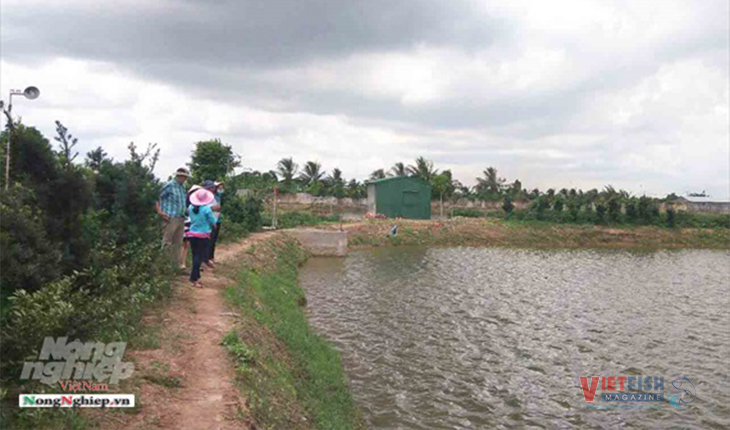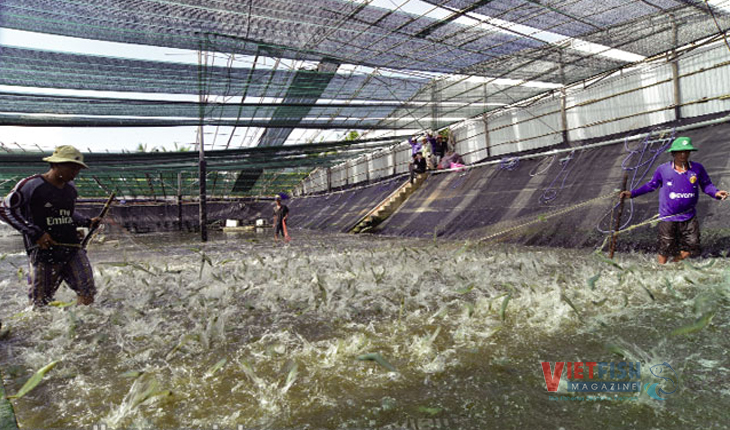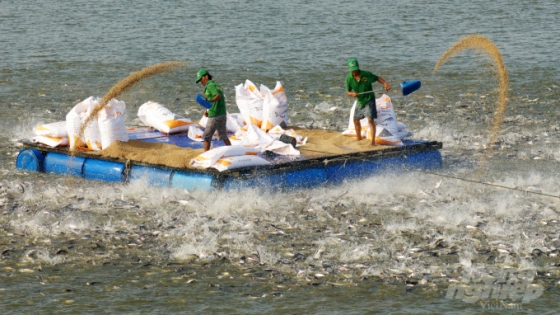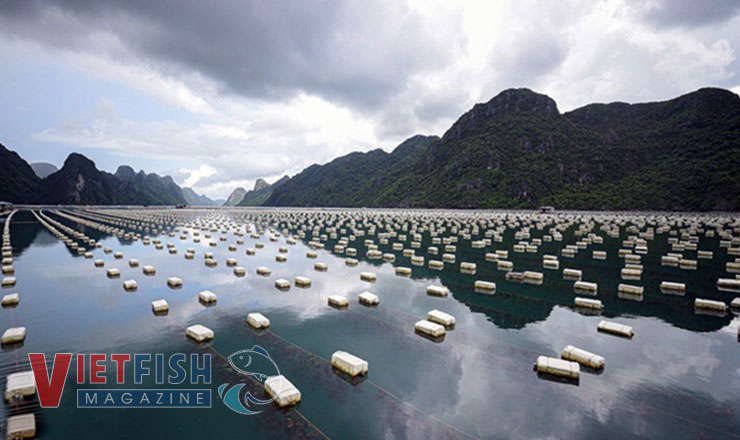Ca Mau: Adjusting aquaculture production for hot weather
The dry season is ideal for aquaculture, but rising pollution and erratic weather heighten disease risks. Farmers must act early to prevent losses, as shrimp take four months to mature and crabs about eight.
According to statistics, Nam Can District currently has 14,541 hectares dedicated to improved extensive shrimp farming, 2,397.86 hectares for traditional extensive farming, and 8,101 hectares for shrimp-forest farming. These production models are highly vulnerable to environmental and weather fluctuations. In practice, adopting scientific and technological advancements can help mitigate disease risks. This includes implementing proper farming techniques, using biological products, maintaining water quality within optimal environmental parameters, stocking shrimp at appropriate densities, ensuring high-quality seed selection, and strictly adhering to seasonal schedules.
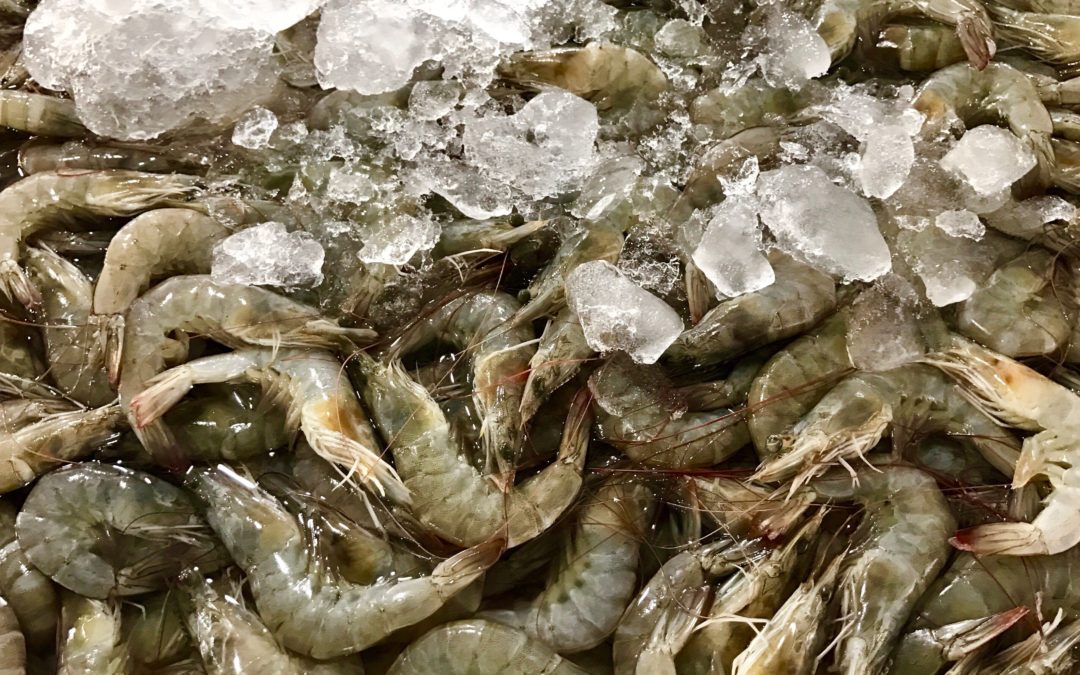
Through active participation in training sessions and field workshops, along with confidently applying new methods, Tran Van Nguyen from Xom Moi Hamlet, Dat Moi Commune, Nam Can District, has successfully kept disease outbreaks at bay on his shrimp farm.
Nguyen shared: “I treat and dry the pond bottom before applying calcium lime or quicklime to disinfect and eliminate unwanted fish. After drying the pond for three to five days, I fill it with water, introduce probiotics for water treatment, and then release the shrimp. I follow the seed selection recommendations provided by the provincial Agricultural Extension Center.”
Trinh Thanh Thoang, Vice Chairman of Dat Moi Commune People’s Committee, noted: “Previously, farmers did not incorporate scientific techniques into production, especially probiotics, leading to lower yields. However, with the use of probiotics and adherence to the recommended farming processes, both shrimp and crabs have shown better growth and significantly reduced disease rates.”
Environmental factors also play a crucial role. During hot weather, farmers should maintain stable water levels (at least 40 cm in the farming area) and introduce additional substrates by clustering branches over approximately 50% of the total pond area. This provides a surface for shrimp to attach to, shielding them from direct sunlight. Additionally, water changes should be minimized to prevent the introduction of external pathogens, helping to maintain a stable farming environment.
Le Van Sin, Deputy Head of the Agriculture and Environment Office of Nam Can District, stated: “Nam Can District has a strong aquaculture industry. However, many farmers still rely on traditional methods with limited application of scientific and technological advancements. Furthermore, natural disasters, disease outbreaks, climate change, and environmental pollution have all affected shrimp productivity. The Agriculture and Environment Office will coordinate with the district People’s Committee and the provincial Agricultural Extension Center to expand training programs and conduct more practical trials. Additionally, we will collaborate with relevant organizations to arrange field trips to successful farming models, contributing to the development of sustainable and climate-resilient shrimp farming.”
To ensure efficient production, it is essential to implement officially approved and well-researched farming models. These models have undergone certification, field trials, and evaluations, confirming their suitability for local soil and climate conditions.
VFM


